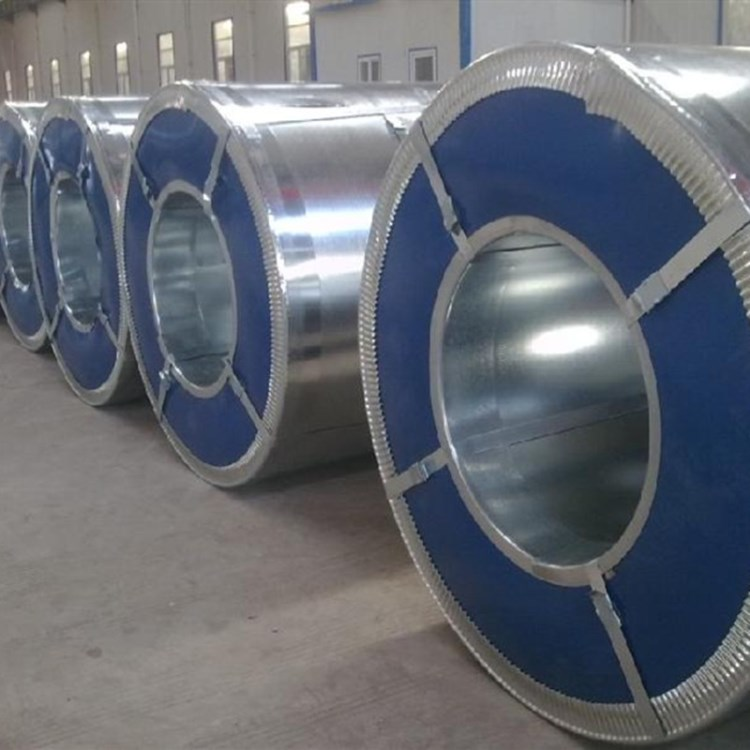1. Applicable scope
The key applications of hot-dip galvanized sheet are in fields such as vehicles, household appliances, engineering construction, mechanical equipment, electronic devices, and light industry.
2. The primary reason for the zinc layer falling off
The primary factors causing the zinc layer to fall off include raw material production and manufacturing, as well as mismatched production and processing. Due to surface oxidation, silicon compounds, high oxidation atmosphere and protective gas dew point in the NOF section of the raw materials, unreasonable air fuel ratio, low hydrogen flow rate, oxygen infiltration into the furnace, low temperature of the strip steel entering the pot, low temperature of the NOF section furnace, incomplete oil evaporation, low aluminum content in the zinc pot, fast unit speed, insufficient reduction, short residence time in the zinc liquid, and thick coating. Processing mismatch includes inconsistent bending radius, mold wear, scraping, mold clearance too large or too small, lack of stamping lubricating oil, and long working time of the mold that has not been repaired or maintained.
3. The key factors causing white rust are
(1) Poor passivation, insufficient or uneven passivation film thickness;
(2) The surface is not oiled;
(3) Residual moisture on the surface of cold rolled strip steel;
(4) Passivation not thoroughly dried;
(5) During transportation or storage, moisture returns or precipitation dampens:
(6) The storage time of finished products is too long;
(7) Hot dip galvanized sheet is in contact or stored together with other corrosive substances such as strong acids and alkalis.
White rust may evolve into black spots, but black spots may not be solely caused by white rust, such as friction black spots
4. Maximum allowable storage time
If oiling, packaging, warehousing, and logistics are done in a timely manner, some products can be stored for more than one year, but it is best to use it in three months. If there is no oiling, the time is shorter to prevent air oxidation caused by storage for too long. The actual storage time should be based on the product that matches the actual product.
5. Basic Principles of Zinc Layer Maintenance
In corrosive natural environments, zinc prioritizes diffuse corrosion over steel, thus maintaining the steel base. In terms of corrosion resistance, the zinc layer will form a certain protective film from the dry to avoid rapid air oxidation, slow down the corrosion rate, and can be brushed with zinc powder paint during maintenance to avoid steel corrosion and ensure the physical properties and safety characteristics of the data.
6. Basic Principles of Passivation
The Chromium trioxide passivation solution for hot dip galvanized sheet can produce a bell shaped film. The trivalent chromium in the saturated solution passivation family is difficult to dissolve in dry water, its physical properties are not bright, and it has a framing effect. The hexavalent chromium in the passivation family dissolves in a strong electrolyte, which can have a bell shaped effect when the passivation film is scratched, and has the healing effect of the bell shaped film. Therefore, to a certain extent, the passivation film can prevent steam or damp cold gas from immediately corroding the hot-dip galvanized sheet, playing a maintenance role.
7. Method of corrosion resistance performance
There are three ways to test the corrosion resistance of hot-dip galvanized sheets:
(1) Salt spray test; (2) Wet cold experiment; (3) Corrosion experiments.
Post time: Jun-19-2023


